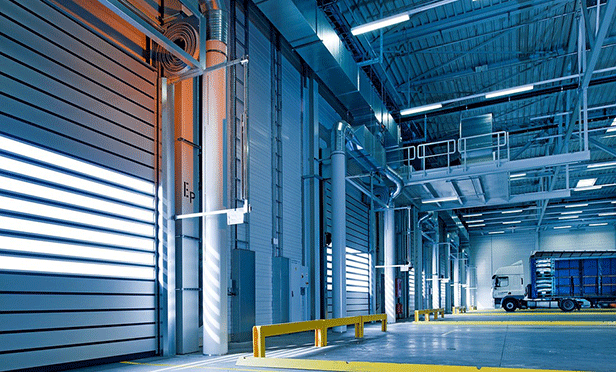ORANGE COUNTY, CA—Corporate efficiencies, densification and caution in a post-recession era are some of the reasons why leasing in the office sector here has remained flat, Royce Sharf, EVP of Savills Studley, tells GlobeSt.com exclusively. The firm's third-quarter research reveals that hiring activity and leasing both showed little sign of accelerating during the quarter, and availability actually edged a bit higher. “It remains to be seen whether expectations of renewed growth in 2015 will come to fruition,” the firm reports.
In fact, the availability rate rose for the first time since early 2010, increasing by 0.1 percentage point to 15.2% during the quarter, according to the firm. The class-A rate fell by 0.3 percentage points, though, decreasing to 19.4%. a 1.9 percentage-point decline in Central County offset a quarter-on-quarter increase of 0.3 percentage points to 17% in South County.
Quarterly leasing volume totaled 2.1 million square feet, increasing by 30.5% from 1.6 million square feet in the second quarter and exceeding the long-term average of 2 million square feet for the first time since the third quarter of 2012. Class-A activity totaled 1.5 million square feet, up by 50.2% from the prior quarter, Savills Studley reports. Asking rents also rose, increasing by 1.9% quarter-on-quarter to $25.77, with a 3.1% increase in the Airport Area to $27.53 and a 1.2% jump to $26.19 in South County.
Sharf tells GlobeSt.com that he doesn't expect the office market to remain flat for the foreseeable future, “but I haven't in the last several quarters either and I've been surprised by the lack of traction so far. There's a general sense we're well into the recovery on an economic basis, and with the relatively low supply, the pendulum should be swinging back toward landlords, but statistically it hasn't happened yet. I don't feel like it will remain flat, but I find it curious that it has.”
Factors he feels are contributing to the lack of movement in the market include macro concerns relating to uncertainty, global issues and the recent election. “But the single biggest point I would turn to is the overall conservative business decisions that have come out of this recession that are tempering demand. Even strong, growing companies are under buying their real estate and instead are accommodating their growth via optionality. There's a very conservative appetite on the demand side. And those companies that are not especially robust and healthy are renewing, reducing, consolidating, densifying and doing other things that have a negative impact on the demand side of the equation. In my opinion, barring any unforeseen significant jolt to the economy, the fact that there's essentially no new construction—so even somewhat underwhelming demand—will ultimately lead us to eat into the static supply, and that's what I think we're seeing.”
One of the biggest trends Sharf is seeing in the Orange County office market echoes what other markets are showing: a change in the style and functionality of office space. “For the first time in my career, efficiency in the office design is here to stay. Related to that, we've seen some meaningful landlords recently make speculative forays into creative space, and they've done it in a fairly conservative fashion. The preliminary results of this have been very positive—spaces have leased up faster and at higher rents than traditional space. I see these landlords and their competitors drafting off these recent successes in the world of creative space.”
© 2025 ALM Global, LLC, All Rights Reserved. Request academic re-use from www.copyright.com. All other uses, submit a request to asset-and-logo-licensing@alm.com. For more information visit Asset & Logo Licensing.



